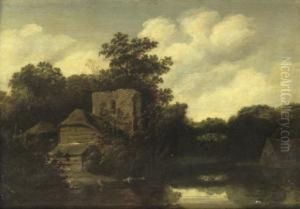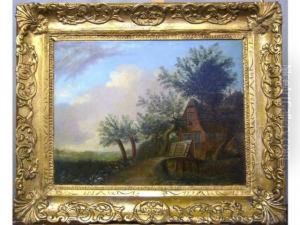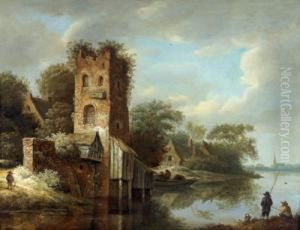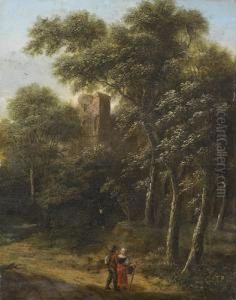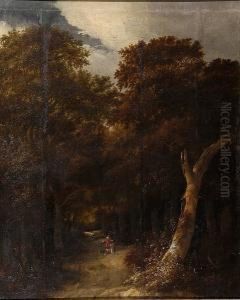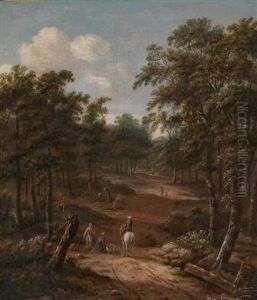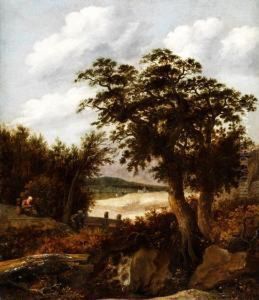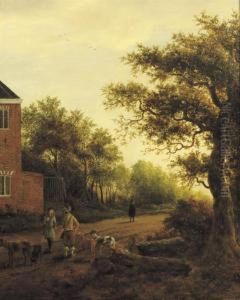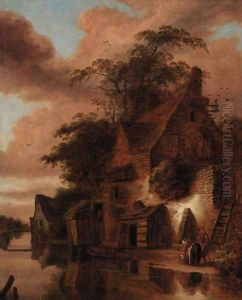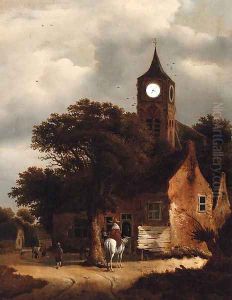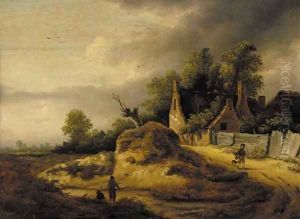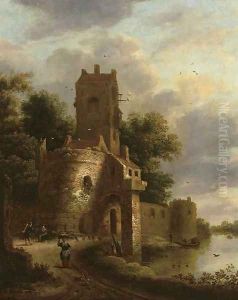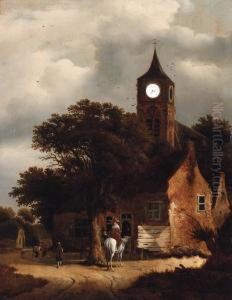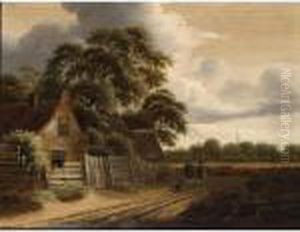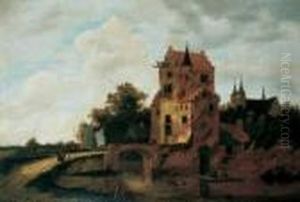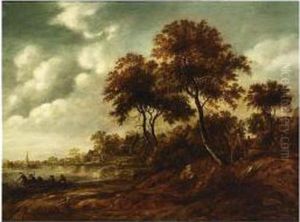Roelof van Vries Paintings
Roelof van Vries, also known as Roelof Jansz. van Vries or Roelof Jansz. Vries, was a Dutch Golden Age landscape painter. Born in the early 17th century, specifically in 1630 or 1631, van Vries was part of a period rich with artistic innovation and cultural achievements in the Netherlands. His exact birthplace is not well-documented, but he was active in the region that is now known as the Netherlands.
The Dutch Golden Age was a time when Dutch painting flourished, and artists like van Vries were pioneers in developing the landscape genre. Although not as widely known as some of his contemporaries such as Jacob van Ruisdael or Meindert Hobbema, van Vries still contributed to the evolution of landscape painting with his distinct style and motifs.
Van Vries's works often depicted the Dutch countryside, with an emphasis on naturalistic details and serene compositions. His landscapes typically featured a subtle interplay of light and shadow, which added a sense of depth and realism to his paintings. He was also known for his skillful depiction of water, whether it be calm ponds, meandering rivers, or the expansive North Sea.
Despite his talents, Roelof van Vries did not attain a high level of fame during his lifetime, and as a result, records of his life are relatively scarce. Little is known about his training or personal life. He is sometimes confused with the artist Jacob van Ruisdael, as their styles are somewhat similar, and there has been historical uncertainty regarding the attribution of some works.
Van Vries died in 1681, leaving behind a modest but significant body of work. His paintings can be found in various art collections and museums, and they continue to be studied for their contribution to the landscape genre during the Dutch Golden Age. His work is appreciated for its tranquil beauty and its representation of the Dutch landscape during a time of great prosperity and artistic achievement.





